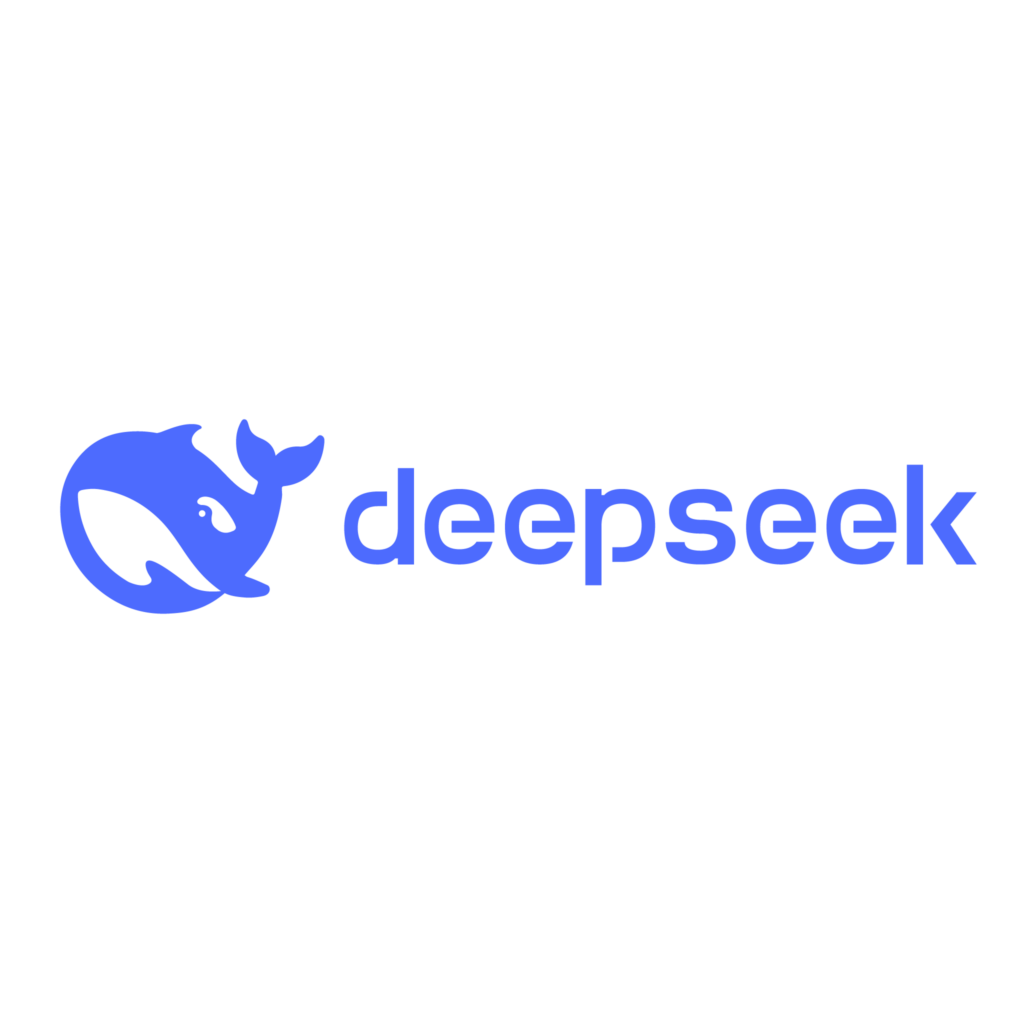For most teams, the default mode is execution mode: build and deliver as soon as possible. However, when we are building something new, this way of operating can potentially lead to wasted time and missed opportunities. It is essential to get into exploration mode first and understand the problem in-depth before building a new solution.
It’s natural to want to get started and make progress quickly, which is why a lot of first-time innovators might feel like the process of problem analysis is holding them back. But spending more time identifying the problem before jumping into solution-building mode can be a game-changer. By investing effort in understanding the root causes and intricacies of a problem, we lay a solid foundation for effective and innovative solutions design. Here are 5 reasons why you should prioritise the problem.
- It unmasks the true nature of the problem
Rushing to solve a problem without fully comprehending its nature can be counterproductive. Taking the time to identify and analyse the problem allows us to grasp its nuances, complexities, and underlying factors. This deeper understanding also enables us to design solutions that address the root causes rather than merely treating the symptoms. By focusing on the problem first, we set ourselves up for more meaningful and sustainable results.
- It uncovers hidden opportunities
Engaging in thorough problem identification opens doors to hidden opportunities. When we delve into the details and intricacies of a problem, we often stumble upon unexplored areas with great potential for innovation. By reframing the problem, we can uncover new perspectives, alternative approaches, and untapped resources that may have been overlooked initially. These insights pave the way for creative solutions that drive progress and yield transformative outcomes.
- It avoids the pitfall of band-aid solutions
Jumping straight into solutions without a comprehensive understanding of the problem can lead to the trap of quick fixes or band-aid solutions. While these may provide temporary relief, they rarely address the core issues, leaving room for recurring problems in the future. By investing time in problem identification, we gain the clarity and insights necessary to develop more robust, long-term solutions that address the underlying causes and provide lasting impact.
- It inspires collaboration and empowers stakeholders
Involving stakeholders in the problem-identification phase creates a sense of ownership and fosters collaboration. When people feel heard and valued, they become active participants in the solution-seeking process. By engaging stakeholders from diverse backgrounds and perspectives, we tap into a wealth of collective knowledge and expertise. This collaborative approach not only generates more comprehensive insights but also builds consensus and buy-in, leading to more successful implementation of solutions.
- It teaches everyone to embrace a growth mindset
Problem identification promotes a growth mindset that fuels continuous improvement. It encourages us to explore, question assumptions, and seek out new information. Embracing the mindset of curiosity and inquiry allows us to adapt and evolve as we encounter new challenges. By prioritising problem analysis, we create a culture that values critical thinking, innovation, and growth, driving us towards constant improvement and staying ahead in a rapidly changing world.






